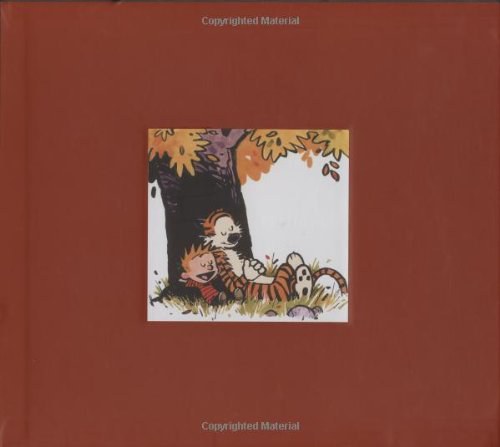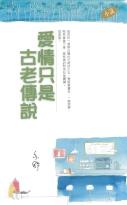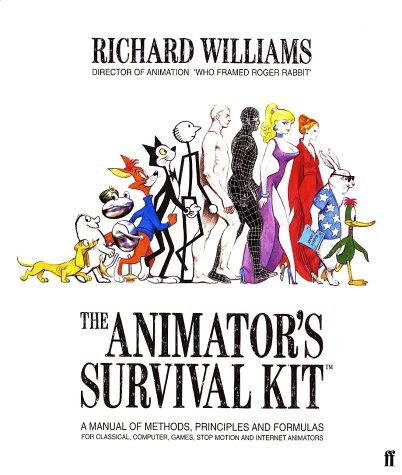
Todd K·Moon《Error Correction Coding》
书刊介绍
内容简介
An unparalleled learning tool and guide to error correction coding
Error correction coding techniques allow the detection and correction of errors occurring during the transmission of data in digital communication systems. These techniques are nearly universally employed in modern communication systems, and are thus an important component of the modern information economy.
Error Correction Coding: Mathematical Methods and Algorithms provides a comprehensive introduction to both the theoretical and practical aspects of error correction coding, with a presentation suitable for a wide variety of audiences, including graduate students in electrical engineering, mathematics, or computer science. The pedagogy is arranged so that the mathematical concepts are presented incrementally, followed immediately by applications to coding. A large number of exercises expand and deepen students' understanding. A unique feature of the book is a set of programming laboratories, supplemented with over 250 programs and functions on an associated Web site, which provides hands-on experience and a better understanding of the material. These laboratories lead students through the implementation and evaluation of Hamming codes, CRC codes, BCH and R-S codes, convolutional codes, turbo codes, and LDPC codes.
This text offers both "classical" coding theory-such as Hamming, BCH, Reed-Solomon, Reed-Muller, and convolutional codes-as well as modern codes and decoding methods, including turbo codes, LDPC codes, repeat-accumulate codes, space time codes, factor graphs, soft-decision decoding, Guruswami-Sudan decoding, EXIT charts, and iterative decoding. Theoretical complements on performance and bounds are presented. Coding is also put into its communications and information theoretic context and connections are drawn to public key cryptosystems.
Ideal as a classroom resource and a professional reference, this thorough guide will benefit electrical and computer engineers, mathematicians, students, researchers, and scientists.
An Instructor's Manual presenting detailed solutions to all the problems in the book is available from the Wiley editorial department.
相关推荐
-

Python高效开发实战
《Python高效开发实战》内容简介:也许你听说过全栈工程师,他们善于设计系统架构,精通数据库建模、通用网络协议、后端并发处理、
-
![[美] 尼尔森《美国大学室内装饰设计教程》](http://oss.shudanhao.com/caiji/chazidian/2023/37459.jpg)
[美] 尼尔森《美国大学室内装饰设计教程》
《美国大学室内装饰设计教程》引导你进入一个精彩的室内设计世界。现在的室内装饰行业正日益繁荣,并不断地发展变化,《美国大学
-

PKPM结构软件工程应用及实例剖析
PKPM结构软件工程应用及实例剖析 内容简介 本书取自作者多年来在全国各地举办pkpm结构软件应用讲座的演讲幻灯片,内容涵盖*新版pkpm结构软件从建立模型、计...
-

Andre Bogus《Lighttpd》
ThisisyourfastguidetogettingstartedandgettinginsidetheLighttpdwebserver.Writtenf...
-

Dave Thomas《Programming Elixir》
Asadeveloper,you’veprobablyheardthatfunctionalprogrammingtechniqueshelpmanagethe...
-

《谁说菜鸟不会数据分析》书籍《谁说菜鸟不会数据分析》
《谁说菜鸟不会数据分析(入门篇)(全彩)》是一本有趣的数据分析书!《谁说菜鸟不会数据分析(入门篇)(全彩)》基于通用的Ex
-

关羽:神化的《三国志》英雄
《关羽:神化的《三国志》英雄》内容简介:《三国志》中的豪杰,为什么会被人们作为商业之神来崇拜呢?从史实到故事,再到信仰的对
-

《数据库系统实现》书籍《数据库系统实现》
《数据库系统实现(第2版)》是斯坦福大学计算机科学专业数据库系列课程第二门课的教科书。书中对数据库系统实现原理进行了深入阐述
-

前期与后期
《前期与后期》内容简介:☆清华国学研究院副院长刘东教授 ☆以独特视角探讨学者从前期到后期的发展 断裂还是延续?一生中的前期与
-

生命的火花
《生命的火花》内容简介:☆《《西线无战事》作者雷马克创作巅峰期的泣血之作,照亮被残酷时代吞没的所有无名者。☆希望的星火在令
-

国学研究(第46卷)
《国学研究(第46卷)》内容简介:本书为袁行霈先生主编、北京大学国学研究院主办之辑刊,每年两卷,此为第46卷。本期共收录相关领
-

Robin Nixon《Learning PHP, MySQL, and JavaScript》
Learnhowtocreateresponsive,data-drivenwebsiteswithPHP,MySQL,andJavaScript-whethe...
-

智能视频图像处理技术与应用
智能视频图像处理技术与应用 内容简介 《智能视频图像处理技术与应用》在全面综述国内外视频图像的检测、增强、跟踪等技术的基础上,重点介绍了作者在这一领域的研究成果...
-

去湿地观鸟
《去湿地观鸟》内容简介:米娅非常开心地去湿地秋游,她看到了各种不同的鸟类,还意外发现了被捕鸟网困住的震旦鸦雀。她将可怜的震
-

拉夫特里《产品设计工艺经典案例解析》
本书主要介绍的是大规模工业化生产的技术,其中的一些技术已经非常成熟,而另外一些则刚刚被研发出来。为了使这些“模具”可以被
-

雏菊与稚鸟
《雏菊与稚鸟》内容简介:本书内容精选自插画师那仁多年来的插画作品,书中有恬静的少女、可爱的动物、美丽的植物,以及生活中的小
-

字不语
《字不语》内容简介:《字不语:手写字体设计与应用方法解析》是一本关于手写体字形设计的书。《字不语:手写字体设计与应用方法解
-

Kip Irvine《Intel汇编语言程序设计》
《国外计算机科学教材系列•Intel汇编语言程序设计(第5版)》全面细致地讲述了汇编语言程序设计的各个方面。从微处理器体系结构、工
-

《Head First ObjectOriented Analysis and Design》书籍《Head First Object-Oriented Analysis and Design》
"HeadFirstObjectOrientedAnalysisandDesign"isarefreshinglookatsubjectofOOAD.Whats...
-

胡海卿《激活品牌:我们可以超越褚橙》
未来十年,将是中国农产品商业品牌崛起的“黄金十年”。中国,能不能出现“下一个褚橙”?中国,能不能出现与佳沛(Zespri)、都





